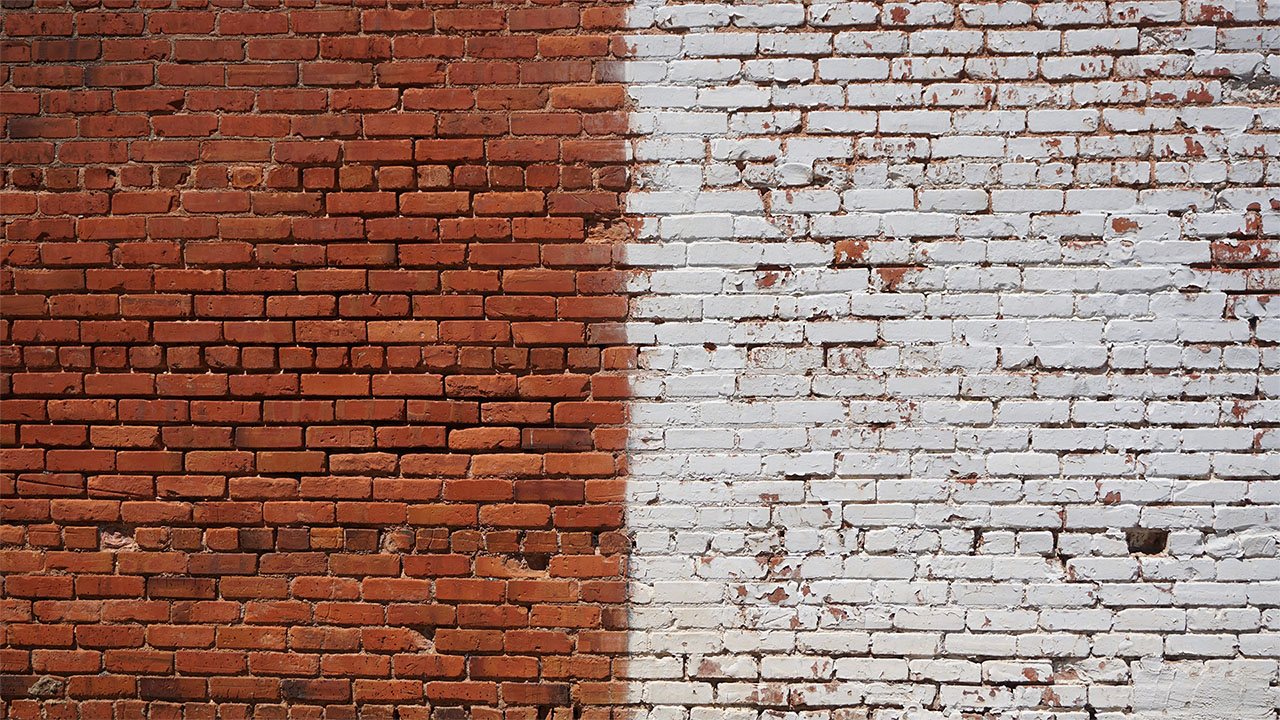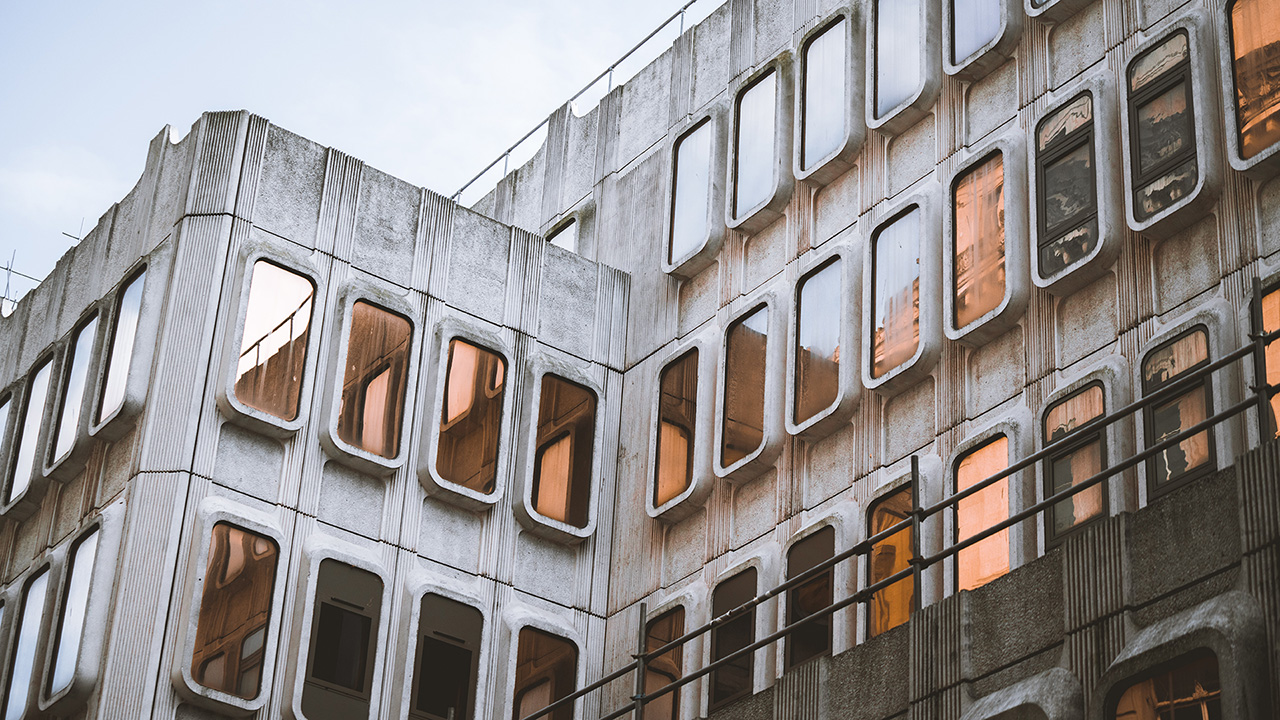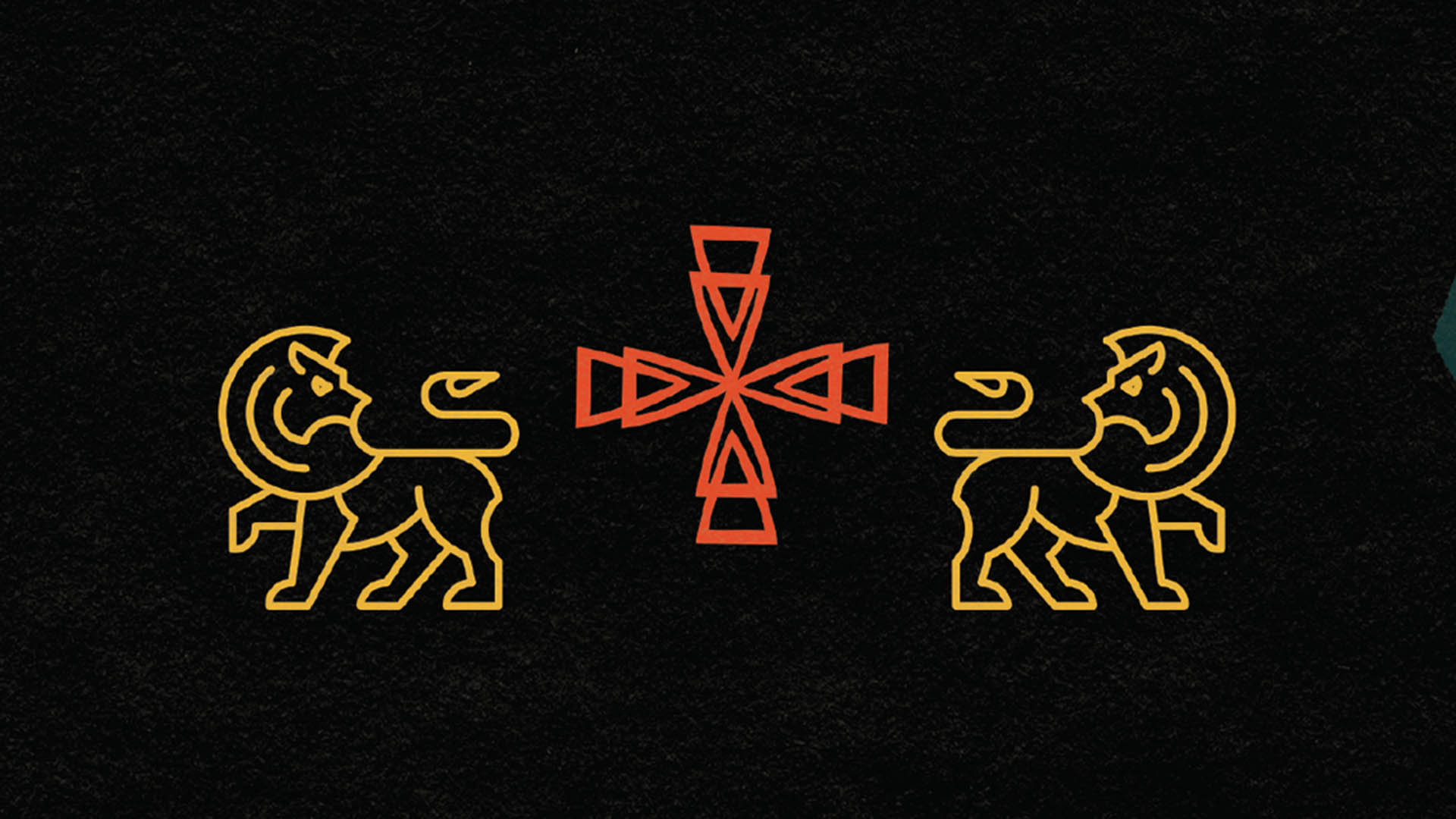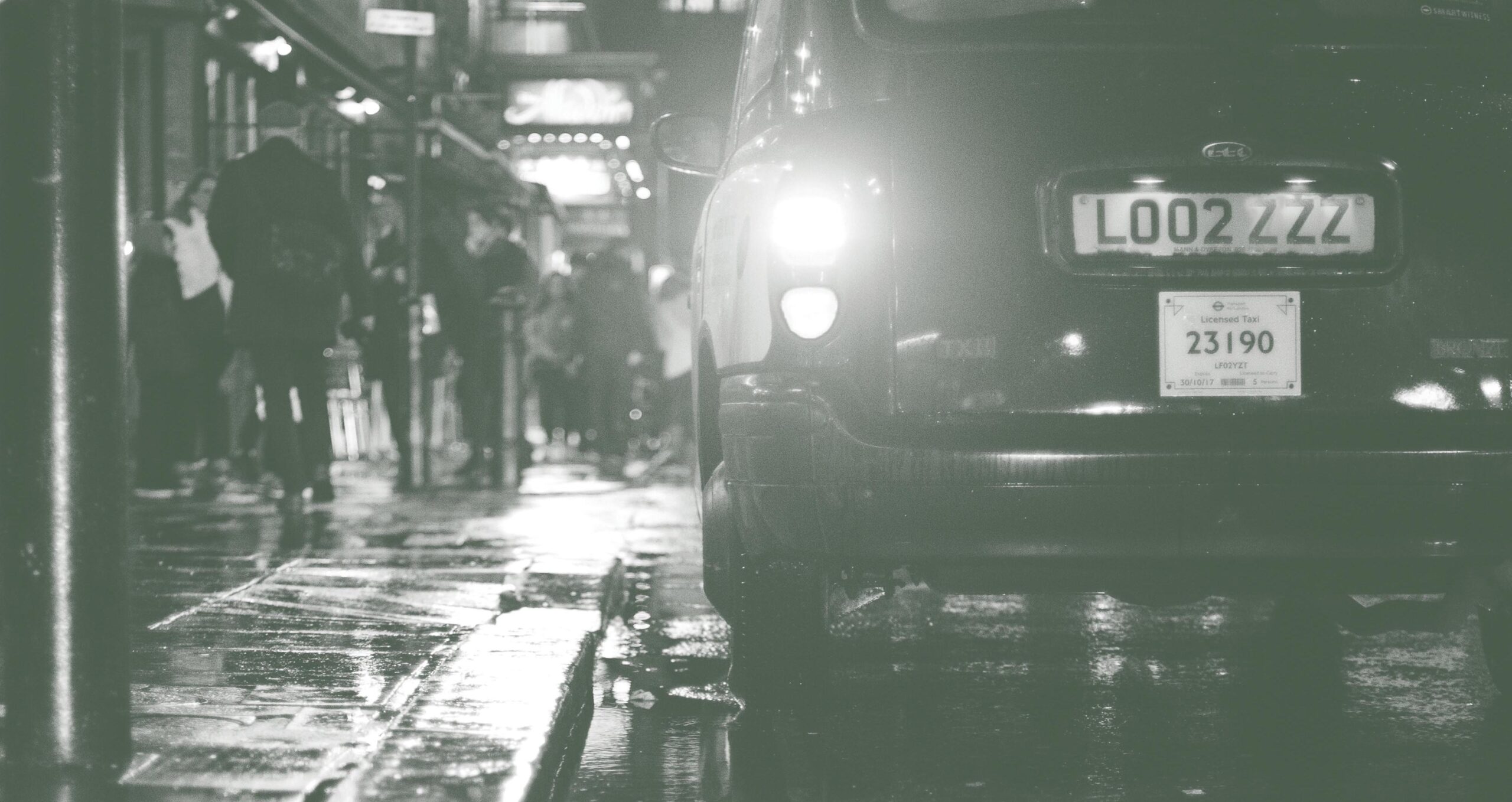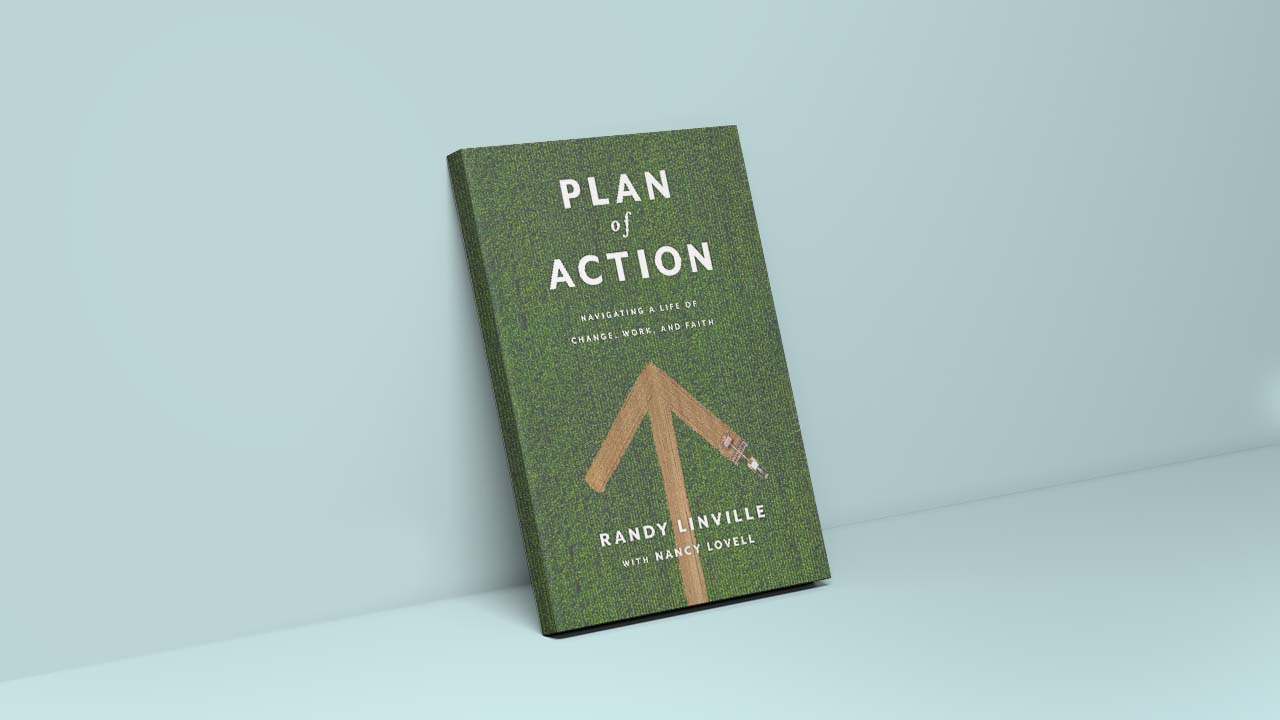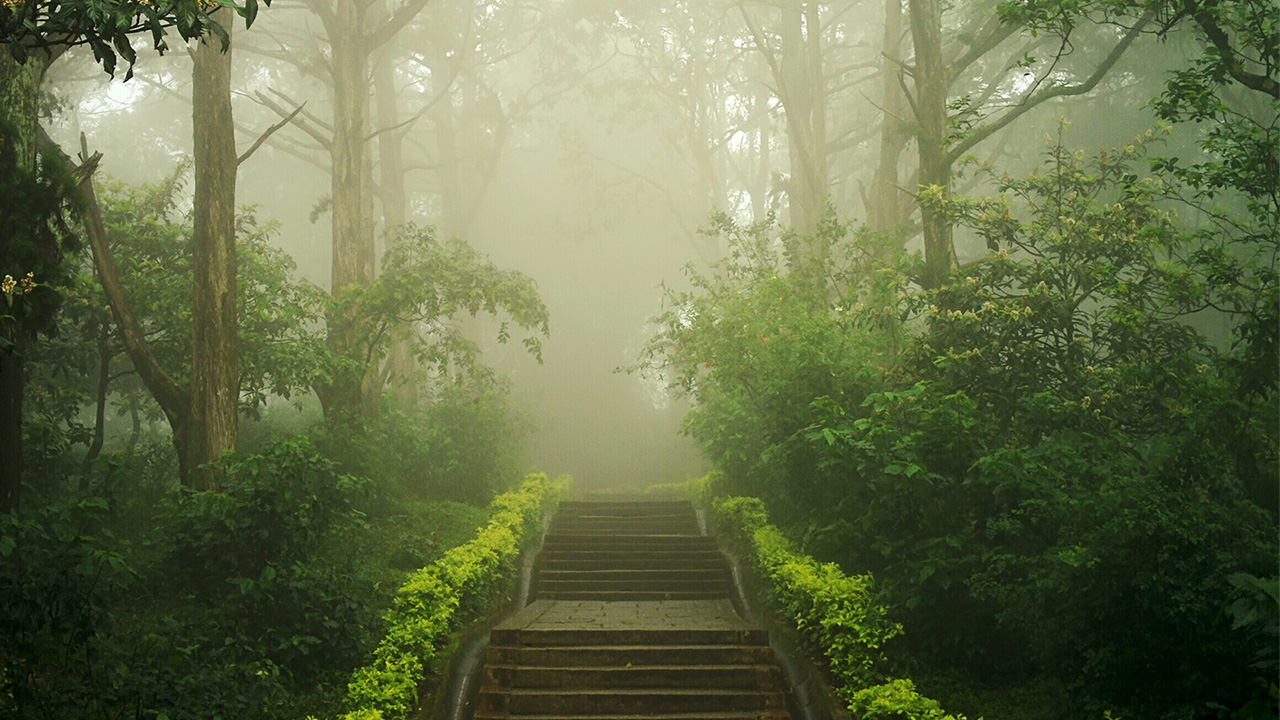Whether you get to be a part of this nation’s economic fortune is sometimes not up to you (or your bootstraps), and sometimes, it really does matter where you live.
Stockton, California; Josephine County, Oregon; Lawrence, Massachusetts; Detroit, Michigan — once, all four of these places thrived. These cities now experience “citywide poverty,” according to poverty and local government expert Michelle Wilde Anderson. In other words, poverty levels are high, and the city government doesn’t have funds to make improvements. In fact, in Josephine County, it was difficult to find enough for public safety, even just first responders, until a social movement rose up to bring change.
In her new book, The Fight to Save the Town: Reimagining Discarded America, Anderson explores four places in America that seem to have fallen through the cracks. These stories could be told through a narrative that laments the end of prosperity and opportunity in America. But they won’t be told that way, at least, not if their people have anything to say about it. Though the trauma and the healing work is real and complex, there are some willing to do it. And to fight to save the town is to resist the doomsday narrative, to bring a quality back to life that’s unshakable, for here and now and for the future.
But Anderson can tell you more about that herself. On the release of The Fight to Save the Town, we talked about portions of America that don’t (or no longer) see the spotlight and how a person can begin to cultivate community in a bleak space.
SH: Can you explain who or where discarded America is?
MWA: We’ve reached a point in our larger economy where there are these giant regional economic engines — they’re the big metro centers of the coasts, plus Chicago, Austin, and a few other tech hubs. So much of the rest of America has been discarded, left behind by the new economy. There are always exceptions, of course: There are the college towns or the tourist towns that are still doing well. There are smaller cities that, for one reason or another, have retained bigger employers. But in general we’re in an age of very extreme spatial inequality, where a lot of America has been left behind by the larger economy.
In discarded America, that means that it’s harder to get jobs. It’s harder to invest in the physical environment of the town because the tax base has shrunk. It’s harder to get kids and adults the kind of education they need.
SH: So, it really does matter where you live? How is, as you say in your book, “geography a determinant of economic fortune?”
MWA: This study is rooted in places that are in their second or third generation of this problem. They were left behind by the first waves of deindustrialization, and these problems have sat in their communities for 50 years. As that stress and anxiety and exclusion from opportunity passes from one generation to another, these problems get harder and harder to solve.
Let me ground this in a particular story. There’s an amazing community advocate I spoke to named Juan Bonilla in Lawrence, Massachusetts, and I’ve never forgotten when Juan described being a kid growing up in Lawrence and seeing the trash that accumulated in around him — old railway lines and pockets of land left over from the former industrial heyday of the city. Juan described what it was like to grow up as a kid surrounded by so much poverty, with the visual reminders of the place being left behind. It made him want to leave as fast as possible. He described growing up and thinking: “This place is a dump — there’s nothing good here. I don’t care.”
He felt hopeless, until he didn’t. The amazing thing about somebody like Juan, who’s now an important leader in Lawrence, is that he not only didn’t leave, but he’s now part of creating a whole generation of momentum and pride in Lawrence to clean up the city and care for its people — everything from dance programs for kids to redevelopment of wasted land.
There’s a phrase that I really love that comes from Massachusetts state policy: gateway cities. In Massachusetts, gateway cities were the first homes for immigrants, places that historically have helped people assimilate to America, learn English, and get their foothold in America. I love that phrase for capturing what the communities in this book are trying to do, even where it’s not about new immigrants. These places are trying to offer gateways out of poverty. People can decide to leave and go live in a place with better chances or prettier environments or whatever it is, but they don’t have to leave. Residents can be given real choices about who they are and the kind of place they want to make their home.
SH: The emphasis in your book on community networks can’t be missed — in fact, you say that networked people have a better way to live. How so? And where do these networks start?
MWA: I don’t have a single answer. Some networks came out of church communities. Some of them came out of nonprofits that started having gatherings to identify a problem in their community and set out to solve it.
I think the kind of friendship and pride that comes with building something good is contagious. In Josephine County, Oregon, there was a movement of volunteers to staff the library when they couldn’t afford to keep it open as a public service. These volunteers began to run the library as a nonprofit and staffed it for free, then passed a successful tax levy to restore it as a public service. Many of them are retirees. They got so high (in the best possible meaning of that word) on saving the library that they started to look for their next project.
People have to start by following their hearts towards something that is meaningful to them. There are a lot of people who really love working with teenagers. Then there are others who (maybe because they’ve gone through a housing crisis themselves) are almost magnetically pulled toward housing issues and being involved in protecting families from eviction, or in helping families find housing after an eviction. Some have taken it upon themselves to be part of volunteer security for their community. It would surprise many readers, I’m sure, and it definitely surprised me, that there are a lot of women in the country who do that kind of more serious neighborhood-watch work. It resonated with me as a mother. Maybe they begin that kind of work wanting to be a protector of kids in the community, so they are brave enough to try to answer that calling and make their neighborhood safer.
It’s all accomplishing one small project at a time. As those small accomplishments build up, there’s positive momentum. The town goes from being in a vicious cycle of decline to being in a cycle of improvement. That’s what I loved most about writing this book — I loved watching people move away from this feeling of hopelessness and start to build a sense of pride in what they were able to do together.
In many cases, your first task is to answer, “Where do I start?” Well, ask for an assignment.
SH: Did you see churches as a part of these networks? How do you think that they have (or do) fit into this work?
MWA: Some of the people that I worked with in writing this book were deeply motivated by their faith and religious practice. They were moved by teachings that describe our duty to each other, that describe the calling for and responsibility for service.
You can’t work close to the front lines of poverty in America without seeing a lot of death. It actually was kind of overwhelming to me when I started reporting to realize just how ordinary it is to lose people in high-poverty environments. Churches gave people comfort and stability, with centuries-old rituals that help manage grief and mark the loss of a person in their community. There’s a lot of healing work that has to happen in places that have carried so much loss. A lot of it is about helping people to not give up on their own lives, to not just succumb to the sadness. It’s anti-trauma work. It’s healing and grieving work. Churches can help with that.
On a totally different note, contrasting but equally true, in Detroit I saw churches being places of music and joy. They were places where people gathered to have meals together and to celebrate and congratulate each other’s kids for milestones like finishing high school or starting college. These centers of community life allowed people to know a network in their town. They gave people places to gather, to celebrate, to share.
SH: Before you go, I would love to hear your thoughts on reading recommendations. Could you recommend any authors or books, fiction or nonfiction, that speak of places like these charitably or positively, whose work might instill confidence and hope, rather than that narrative of defeat?
MWA: That is such a lovely question. And you said it’s okay to have fiction too, because that’s important — I think some of the most touching stories that maintained the balance that I was looking for were not nonfiction. Here are a few of the books I would recommend, which help capture the feeling of mission-driven work I experienced in writing the book:
- Last Stop on Market Street, a book for children by Matt de la Peña
- Bread and Roses, Too, a novel for youth by Katherine Paterson
- Living for Change: An Autobiography, Grace Lee Boggs
- Together: The Healing Power of Human Connection in a Sometimes Lonely World, Vivek Murthy
- The Deepest Well: Healing the Long-Term Effects of Childhood Adversity, Nadine Burke Harris
